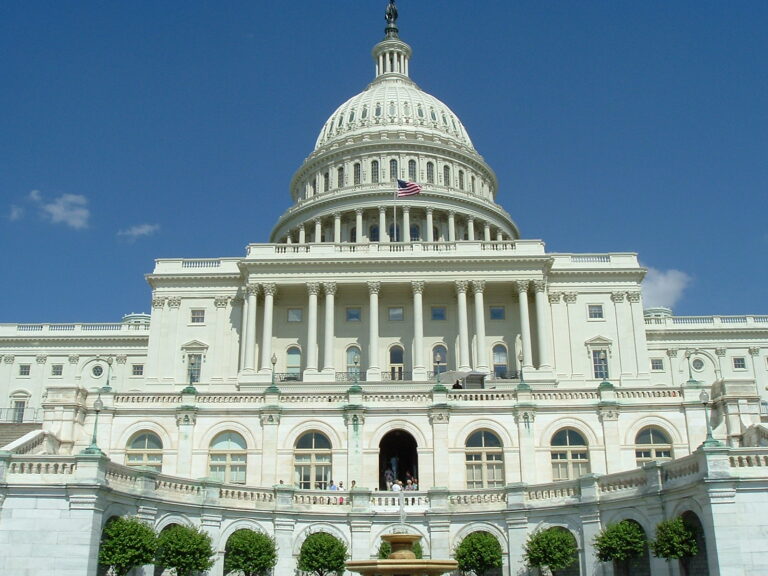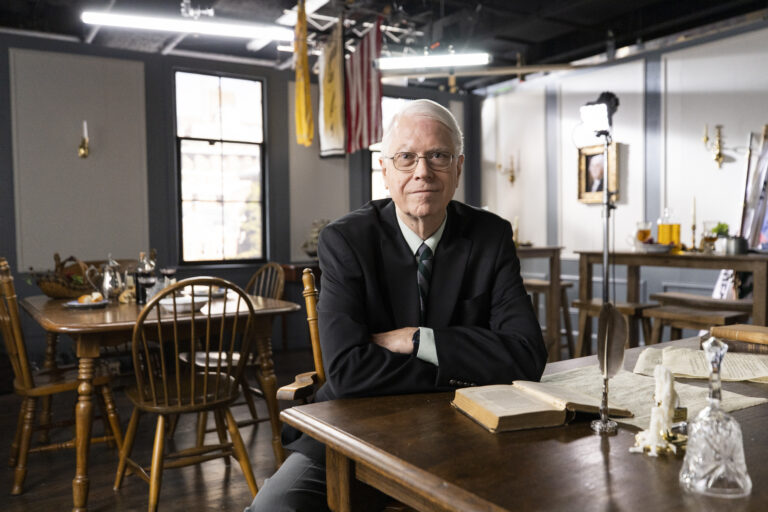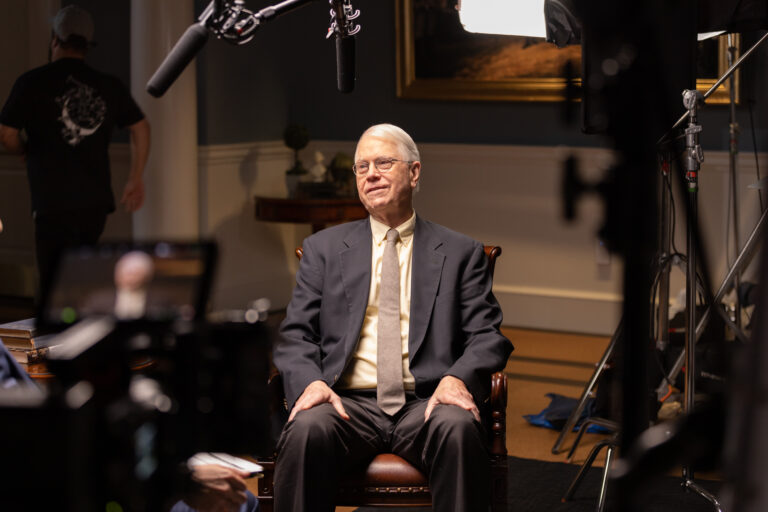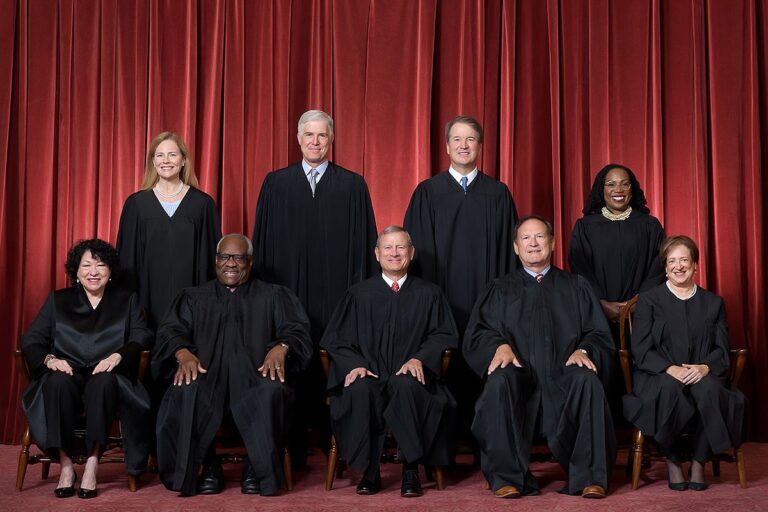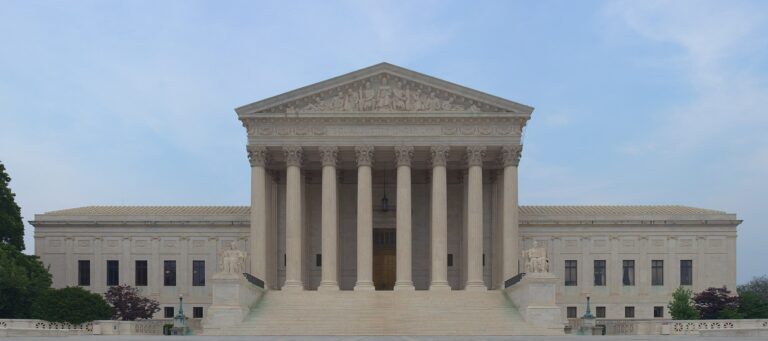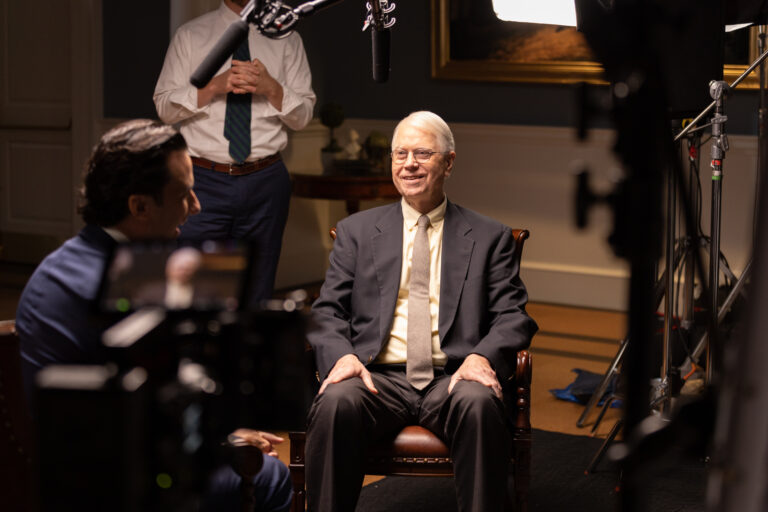The Rise of Affirmative Action
In Boston on January 26, 1865, Frederick Douglass delivered one of his most enduring speeches, “What the Black Man Wants.” He told the gathered crowd,
[I]n regard to the colored people, there is always more that is benevolent, I perceive, than just, manifested towards us. What I ask for the negro is not benevolence, not pity, not sympathy, but simply justice. The American people have always been anxious to know what they shall do with us. . . . I have had but one answer from the beginning. Do nothing with us! Your doing with us has already played the mischief with us. Do nothing with us! If the apples will not remain on the tree of their own strength, if they are worm-eaten at the core, if they are early ripe and disposed to fall, let them fall! . . . And if the negro cannot stand on his own legs, let him fall also. All I ask is, give him a chance to stand on his own legs! Let him alone! . . . [Y]our interference is doing him positive injury.
Clarence Thomas began his dissent in Grutter v. Bolinger (2003), a landmark U.S. Supreme Court case on affirmative action, by quoting this passage. In Grutter, the Court held that the University of Michigan Law School admissions program, which gave special consideration to applicants for being a certain racial minority, did not violate the Equal Protection Clause of the Fourteenth Amendment. Thomas quoted Douglass in his opinion to make the simple point that “blacks can achieve in every avenue of American life” without the interference of meddlesome affirmative action policies.
Affirmative action has since remained a part of American life, but the Supreme Court recently heard arguments in the cases of Students for Fair Admissions Inc. v. University of North Carolina and Students for Fair Admissions Inc. v. President & Fellows of Harvard College. At issue in both is the nearly two-decade-old ruling in Grutter, which could be overturned if the Court holds that institutions of higher education cannot use race as a factor in admissions.
The Roots of Affirmative Action
In his lecture on “The Civil Rights Act of 1964 and the Rise of Affirmative Action” in our online course “Civil Rights in American History,” Dr. Paul Moreno explains how affirmative action and racial consciousness became entrenched in the American mind in the first place. Beginning with Franklin D. Roosevelt, US presidents began issuing executive orders indicating that it was the policy of the United States not to discriminate on the basis of race in federal employment policy. State governments, too, began to adopt laws that affected even private employers.
According to Dr. Moreno, the federal government and many state governments tried to adopt genuinely colorblind non-discrimination policies. The term “affirmative action” did not rise to prominence until an executive order by President John F. Kennedy, Jr. in 1961.
By the mid-to-late 1960s, the Civil Rights Movement began to recognize that mere formal equality before the law was not bringing about the results they desired. This led President Lyndon B. Johnson to shift the focus to equality of outcomes—or what he famously called “equality as a fact” in his 1965 commencement address at Howard University.
In subsequent years, large employers began to go along with racial quotas in hiring so that government agencies would leave them alone. Ronald Reagan campaigned against affirmative action. But according to Dr. Moreno, Reagan did not feel compelled to take action on it as president because large employers had already made their peace with these policies.
Schools began to take up the issue with policies of racial balancing, an idea derived from Title VI of the Civil Rights Act of 1964. By the 1970s, the goal posts moved from mere desegregation to positive integration, and higher education soon was affected as well.
Equality Then and Now
Americans’ understanding of equality today is a far cry from Douglass’s vision of equality before the law. As Dr. Moreno explains,
In the fifty years since the Civil Rights Act of 1964 was enacted, the definition of civil rights and equality in America has been fundamentally transformed. Civil rights equality traditionally meant that an individual had a right to equal treatment without regard to race; their race could not be taken into account. Affirmative action has transformed that into a group entitlement to equal outcomes that require race or these other categories to be taken into account.
By the conclusion of the current Supreme Court term, that transformation might be reversed.


